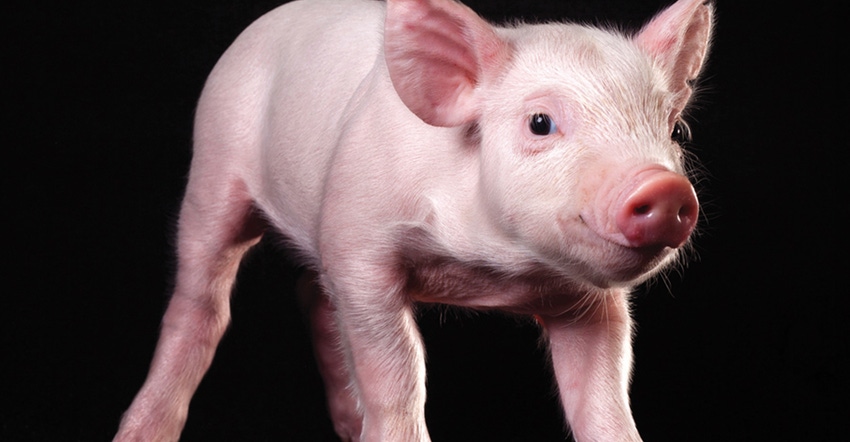July 25, 2017

Researchers at the University of Missouri have made a discovery that could decrease the costs associated with IVF in humans — and it all started with piglets.
The laboratories of Dr. Michael Roberts and Dr. Randall Prather, both University of Missouri Curators' Professors, work with pigs to research stem cells. During an attempt to improve how they grew these cells, researchers stumbled across a method to improve the success of IVF in pigs.
Their discovery doubles the number of piglets born and speeds up the entire IVF process by 400%, which significantly increases both the efficiency of experiments and their potential application to other species. The journal Proceedings of the National Academy of Sciences published their work July 3 in its online early edition.
"It was a serendipitous discovery, really," Roberts says. "Generally, there are multiple steps to producing viable embryos that we can then implant in pigs and cows involved in our research; however, it's costly and sometimes yields very little return. We were seeking a way to do that more efficiently and stumbled upon a method that may have implications in human fertility clinics as well."
Increasing eggs
In IVF involving pigs, scientists first extract oocytes (eggs) from female pigs, as well as the "nurse" cells that surround them, and place them in a chemical environment designed to mature the eggs. The eggs are then fertilized to create zygotes, or single-celled embryos that are allowed to develop for six days. These embryos are then transferred back into a female pig with the hope of achieving a successful pregnancy and healthy piglets.
The chance of generating a successful piglet after all those steps is very low; generally, less than 2% of the original oocytes make it that far, Roberts says. "Normally, researchers overcome this low success rate by implanting large numbers of embryos, but that takes a lot of time and money."
Ye Yuan, a former research assistant professor in Roberts' lab, and Lee Spate, a senior research specialist in animal sciences, were tasked with increasing the efficiency and quality of piglet embryos before they are implanted.
It took 3
In one study, the team analyzed various special growth factors used when culturing pig stem cells and added two factors — fibroblast growth factor 2 (FGF2) and leukemia inhibitory factor (LIF). They found that this combination, when added with a third factor — insulin-like growth factor — created the special fluid environment the oocytes needed to become competent for fertilization, and further development to embryos, that could provide a successful pregnancy.
Together, the three compounds create the chemical medium called "FLI," which could revolutionize both piglet and human IVF treatments; a patent application has been filed through the MU Office of Technology Management and Industry Relations to encourage commercialization of the new method.
"It improved every aspect of the whole process and almost doubled the efficiency of oocyte maturation," Roberts says. "Whenever you're doing science, you'd like to think you're doing something that could be useful. When we started it wasn't to improve fertility IVF in women, it was to just get better oocytes in pigs. Now it's possible that FLI medium could become important in bovine embryo work, and possibly even help with human IVF."
Source: University of Missouri, Columbia
You May Also Like




